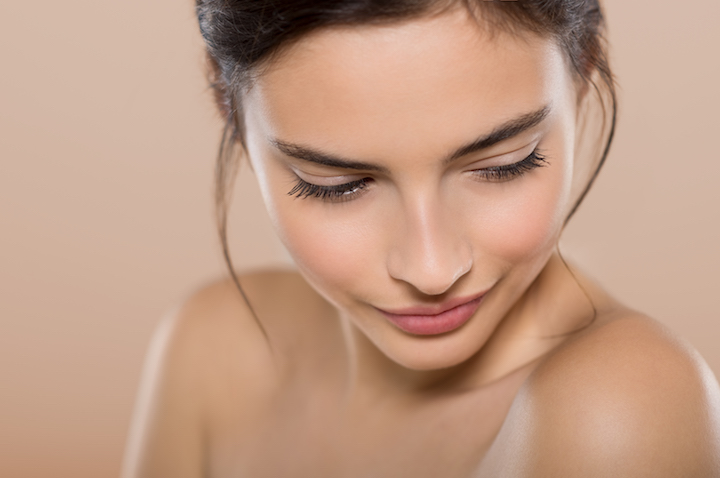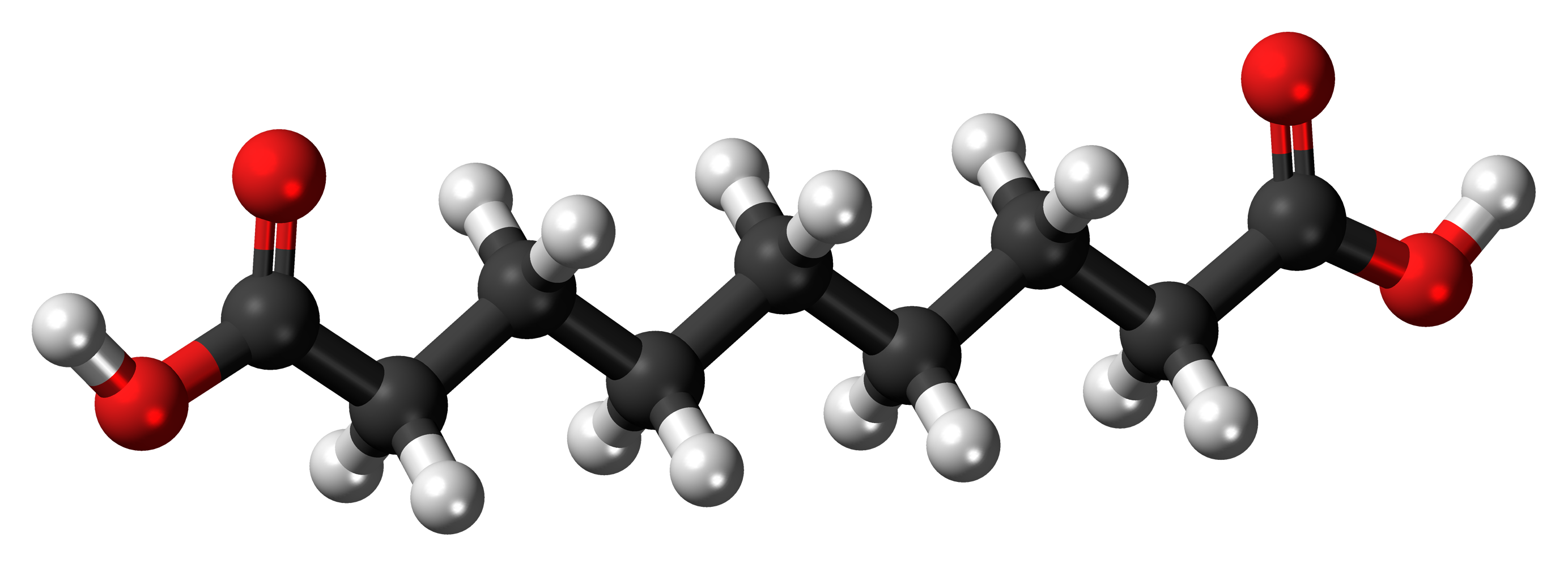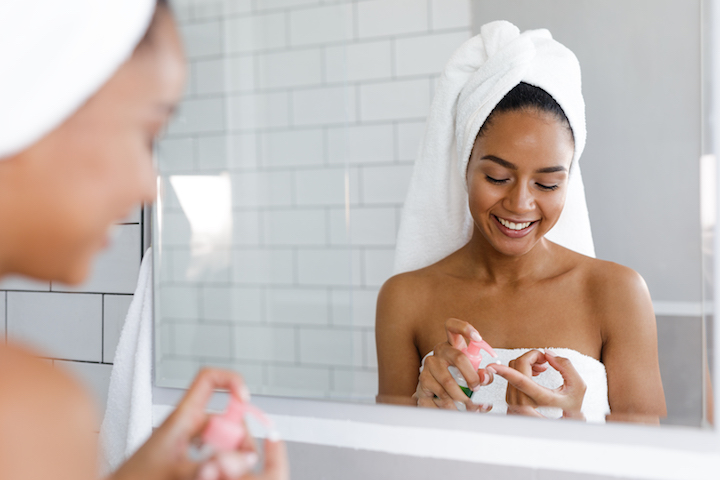It fights acne, it calms rosacea, it even lightens hyperpigmentation, all with less side effects. What is this miracle cure, you ask? May we introduce you to your skin’s new potential BFF.
I talk and write about a lot of different skincare ingredients on Beautytap. I have my favorites — vitamin C, salicylic acid, mandelic acid, Centella asiatica, and my ULTIMATE favorite, azelaic acid.
Azelaic acid is like the hipster, under-the-radar ingredient that is gaining a little bit of attention in the beauty world. If you’ve ever poked around reddit or any of the other beauty forums out there, you may have caught a whisper of how this ingredient is an acne-fighting, rosacea-taming super wonder. And speaking from personal experience, I don’t know if I’ve ever had an acne-fighting ingredient work SO well on my skin. Dark spots? We don't know them. Texture? A thing of the past. Acne? GIRL BYE.
So wanna know more about azelaic acid? Let's take a deep dive to find out the 411.

What is azelaic acid?
Azelaic acid is a naturally occurring acid found in barley or rye. It’s also just chillin’ and hanging out already on our skin, produced by a yeast called Malassezia furfur (now say that three times fast). It’s typically created synthetically for commercial use in cosmetics and skincare products.
So quick refresher — AHAs are alpha hydroxy acids, like lactic acid, mandelic acid, and glycolic acid. BHAs are beta hydroxy acids like salicylic acid and betaine salicylate.
Well, azelaic acid is in a category of its own. It’s known as a dicarboxylic acid. It works similarly to an AHA, as it is an exfoliant that works to slough off dead skin cells at the surface of the skin. But the similarities stop there.

What makes azelaic acid different is that it can actually reduce the number of bacteria within the skin and hair follicles in your skin, which means that it not only helps treat your current breakouts, it can stop new breakouts in their tracks. It also smooths out the texture of your skin and decreases the production of keratin in your skin, which can contribute to blocked pores and acne. It ALSO helps fade PIH and scars, and helps treat rosacea. So in short, azelaic acid not only helps treat AND prevent breakouts, it also helps deal with the aftermath of said breakouts at the same time. REVOLUTIONARY, I TELL YA!
Who can use azelaic acid?
If you have oily, acne-prone skin, azelaic acid is going to be a godsend for you. Take it from me. I started using The Ordinary’s azelaic serum about a year ago, and saw tremendous results, both in my skin’s texture, appearance, and reduction of breakouts. But I’m not the biggest fan of the texture, so now I use a Curology formula with 4% azelaic. Even at such a low percentage, I’ve seen incredible results. If you want to up the ante, you can visit your dermatologist for prescription azelaic in 15% and 20% options.
But azelaic acid isn’t just for us girls with acne-prone skin — anyone can use it! If you’re looking to refine your skin’s texture or simply have a glow like you’ve just gotten back from a monthlong vacation in Bali, you can add azelaic to your routine.

When to use azelaic acid
Azelaic can be used during your day or nighttime routine. I always use my “active” ingredients at night, but that’s my personal preference. I apply it after I wash my face and apply my BHA. So it’s something like this:
1. Double cleanse
2. BHA
3. Azelaic acid
4. Hydrating toner
5. Serums
6. Oil
7. Moisturizer
8. Sleeping mask
The consensus isn't exactly clear on azelaic and photosensitivity, BUT wear SPF anyway — because you should be wearing it already.
Side effects
Like some AHAs, azelaic acid can be a bit drying. To combat this, I always make sure I use an oil at night and slather on a sleeping mask. But unlike some AHAs, like a high concentration of glycolic acid, for example, there’s no peeling, flakiness, or discoloration. Otherwise, azelaic is pretty gentle and unproblematic.
Have you ever tried azelaic acid? Let me know in the comments!
Loading...